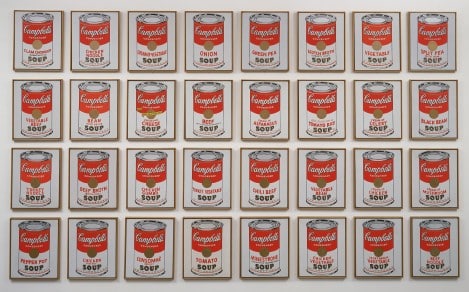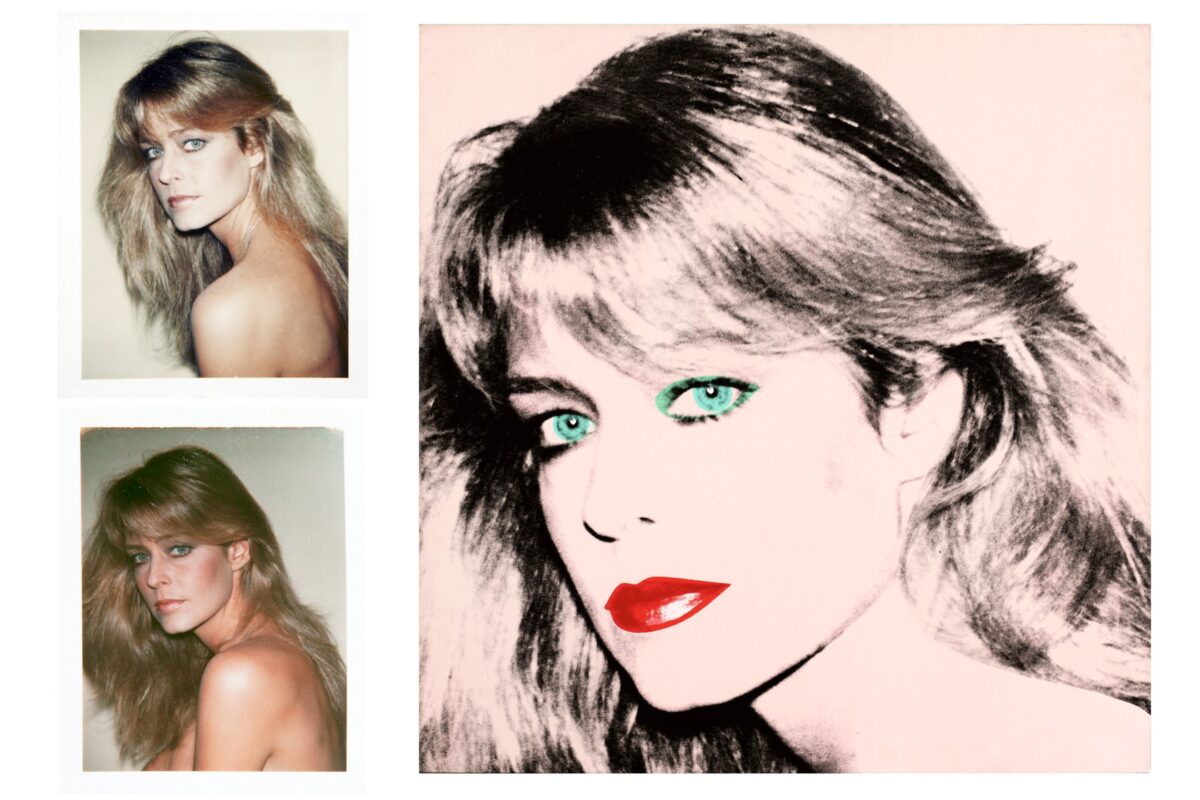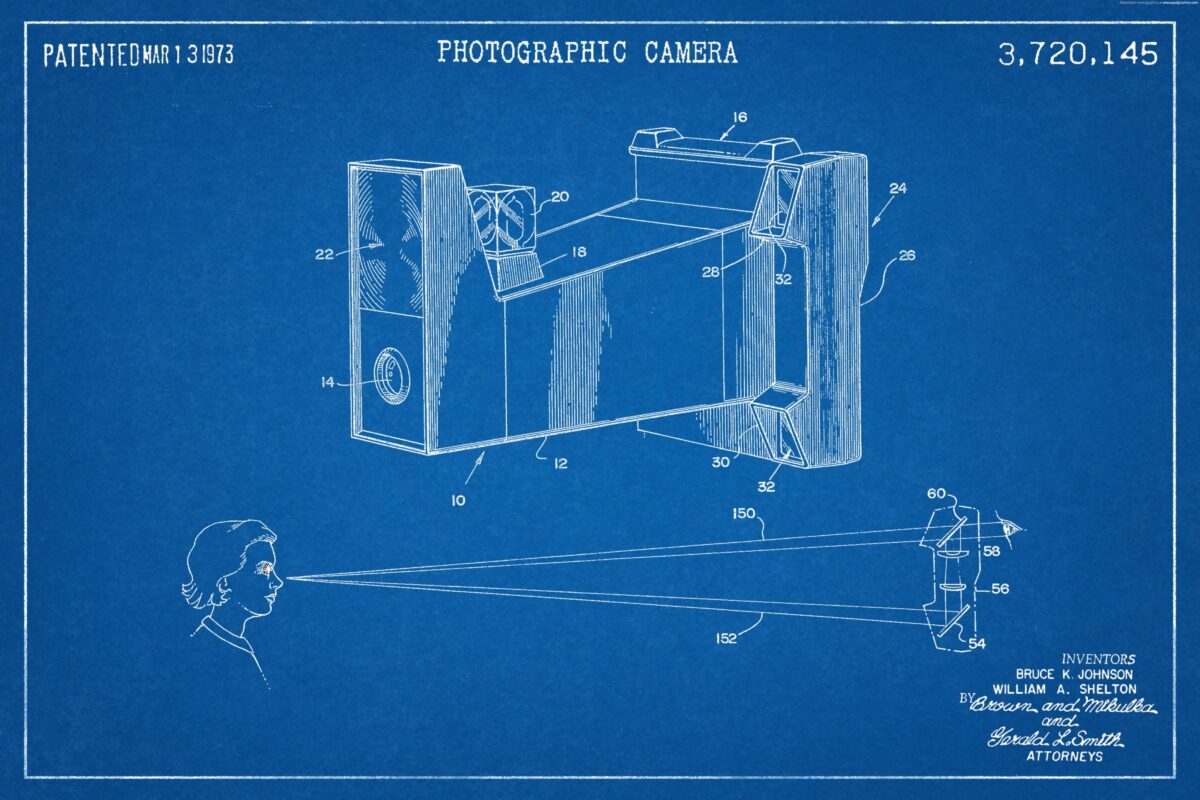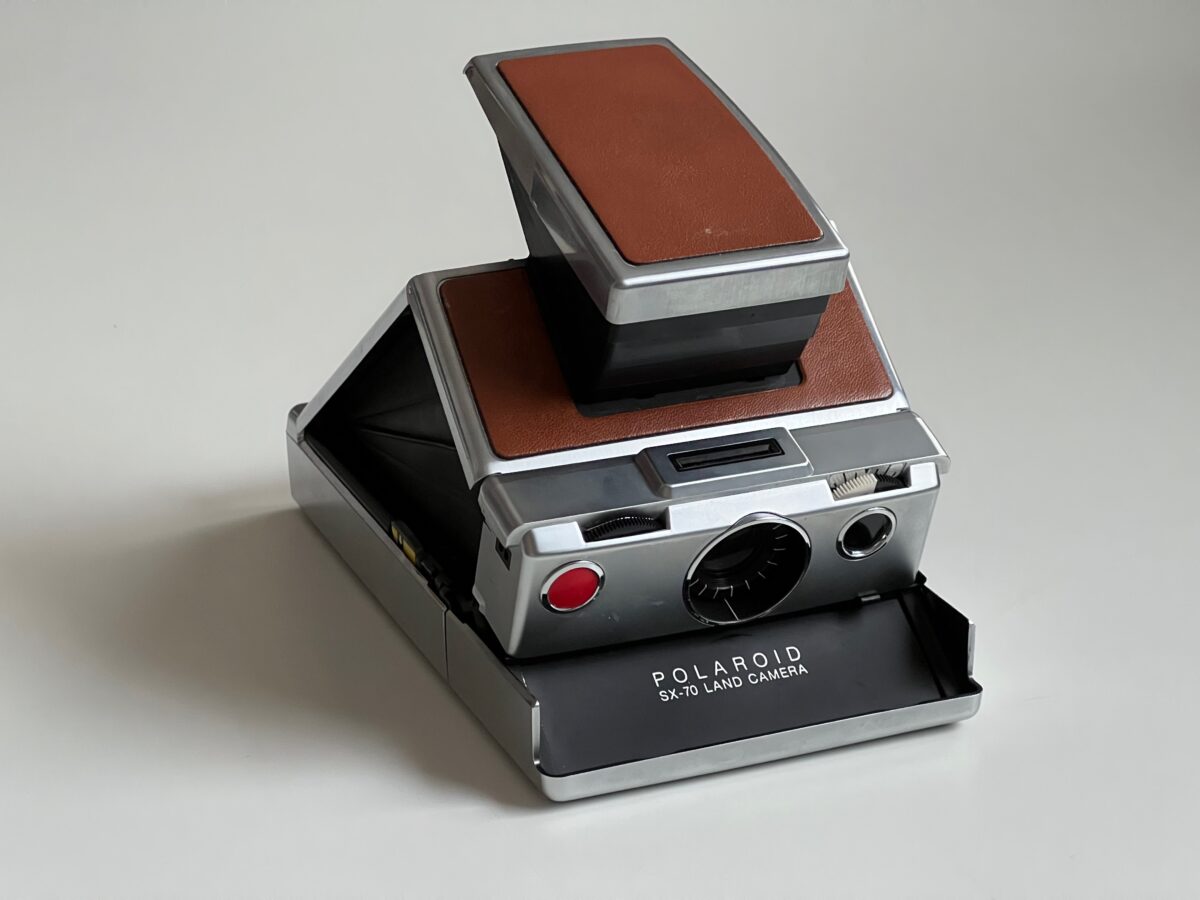As diverse as an artist as Andy Warhol was, some techniques followed him through the years. Silkscreen printing was one of them and Polaroid photography was one of them.
When you hear the name Andy Warhol, it is likely that the images that comes to mind are images of Marilyn Monroe or Campbell’s soup. However, photography lay at the base of Andy Warhols artistry, most of his works were based on photography whatever the end art was. He used photography as a base for paintings, drawings and prints alike. His polaroid images allowed him to “collect” everyone he met, in the obsessive manner of an artist.

”Toward the end of Warhol’s life, when all his success was coming from the paintings he’d done and was doing, he gave a little speech before a crowd of visitors to his studio. “I told them I didn’t believe in art,” Warhol later wrote. “I believed in photography.” You could say that, from the beginning, even his paintings had proved this was true.” – Blake Gopnik
“a good picture is … of a famous person doing something unfamous. It’s about being in the right place at the wrong time” – Andy Warhol
Warhol took more than 100,000 photographs between 1977 and 1987, no wonder people who wanted to talk to him at parties complained that he was only interested in taking their picture. It became an obsession to him, but are not all artists a bit obsessive at times?
He worked a lot with black and white prints of snapshots taken with a 35mm SLR camera but the majority of his photography was made with a Polaroid SX-70 camera. “Some Polaroids served as source material for large, silk-screened portrait paintings for which Warhol is famous”
Andy was not a one-camera-for-life kind of person. He started out as a child with a box Brownie like so many others of that generation. He then went on to use a variety of cameras throughout his life. The Polaroid SX-70 was the camera that he carried around a lot to document his social life, however, it was the Big Shot that he mainly used in his artistic work.
The Polaroid Big Shot

“Mr. Land [Edwin] invented this great camera called a Polaroid, and it just takes the face of the person. There is something about the camera that makes the person look just right. They usually come out great. I take at least 200 pictures and then I choose.” – Andy Warhol
The Polaroid Big Shot was a bulky, plastic camera that was only in production for about one year and the more than reasonable price for it was $19.99.

In this study of Warhol’s silkscreen portrait of Farah Fawcett made in 1979, we can see the work in process from the original polaroids taken with The Big Shot and the silkscreen end result.
”It’s estimated that from 1971 until his death, Warhol produced approximately one thousand silk-screened portraits, the majority of which were commissioned. Almost all of them are the same size, an intentional forty by forty inches. Warhol describes the importance of this uniformity, “They have to be the same size, so that they all fit together and make one big painting called Portraits of Society.” – Cheyenne Morrison, Casual Photophile

In regards to Warhol’s obsessive documentation of his life in the art world both in terms of his own photography and all the filming of events at the Factory, I often wonder how he would feel about the social media of today. The quote by Andy “In the future, everyone will be world-famous for 15 minutes” makes the reality of today with social media, reality shows and people being famous… well just because they are famous, seem like he really was on to what was coming. Or it might just be a coincidence that is easy to draw on with the luxury of hindsight.
One thing is for sure, “instant” photography is in the digital world being more important than ever. However, it also makes a point of being of less importance as we are becoming more and more numb to the ever-increasing flood of images we are subjected to. I think that the recent trend of going back to the roots of photography and taking to analog photography as a way of expression is a longing to make something tangible and meaningful. Perhaps the old wish to make something that will last. Or we just want to make those 15 minutes to last longer.
In this ABC news segment, you can watch the work process from the Polaroid shoot through image selection and painting of the portrait of Farah Fawcett in 1979.
”First released in 1971 and only in production until 1973, the Big Shot was designed purely for one purpose; to make portraits. As Warhol discovered, it does that perfectly because it was designed to work at a fixed focal length of forty-two inches. This combined with its simple components of a long plastic body, 220mm lens, single-speed mechanical shutter, and its fixed-focus rangefinder ensure that even amateur photographers get perfect shots every time. The light produced by flash cubes and the flash diffuser built into the body mean that light is almost identical for every shot, producing even, well lit portraits.” – Cheyenne Morrison
”It’s a very basic looking camera, with almost no moving parts. Inside the retro 1970s plastic case there’s a simple shutter-release, film holder, and sixty second timer to measure the peel-apart film development time. And that’s about it. There’s not even an in-camera focusing method, instead it uses an ingenious fixed-focus rangefinder set to measure a distance of forty-two inches. This works by showing two images of what you are shooting, and to get the range right you have to literally move backward and forward until the two views in the finder become one. This technique of moving back and forth can appear quirky and was dubbed the “Big Shot Shuffle”. Despite this somewhat comical dance, in reality it’s a simple and foolproof method of achieving focus.”

”By the time Polaroid stopped production of the Big Shot in 1973 Warhol had already recognised its significance and would visit all the camera stores in Union Square West near his studio hunting for Big Shots to buy. It’s nice that a statue of Warhol now stands there as testimony to him. When Polaroid discovered how important the Big Shot was to him they offered to maintain a stock of cameras set aside for him, and to repair them if they broke. Polaroid salesmen were even given the task of finding unsold stock and sending them to the factory for Warhol’s stockpile.”
Taking photos like Andy Warhol today
Now, if you would like to try the process of Andy Warhol, to make brilliant polaroid portraits we do have some hurdles to get over, but it is not impossible, just very hardly possible. First, you need to get a working Big Shot camera off ebay or at a yard sale or somewhere else. You might think that is the hard part, but you got another thing coming. The flash cubes. You can get them on ebay as well (ok not that hard really).
Now the really hard (or at least expensive) part. The film. The Fujifilm FP-100c that was a peel-apart film that worked with this camera was discontinued in 2016, so if you can find some on ebay that has been stored cold since new, then fine, it will be very expensive but chances are high it will still work fine. However, there is one company that produce a film for this camera today. It is not cheap, but it is. Supersense One Instant Color P7.

If you do not have a huge budget and still wants to shoot like Andy Warhol, you should probably go with the SX-70 and the SX-70 film produced by Polaroid today. It will be much cheaper and remember that Andy used that camera a lot, perhaps just not for the same type of photographs.
Where can I buy a Polaroid SX-70 camera?
You can either buy a used SX-70 on ebay, at yard sales and flea markets. However, there are a few online outlets that focus on analog media that can also offer refurbished Polaroid cameras.
Retrospekt.com – This is an online store that sell refurbished Polaroid cameras including the legendary SX-70.
Mint Camera – Mint also sell refurbished Polaroid cameras including the SX-70 and an improved version. They also sell the Mint flashbar for the SX-70.
References:
The big shot Polaroid – Andy Warhol’s pen & Pencil – This is a very good description of Andy Warhol’s use of Polaroids.
Related articles:

